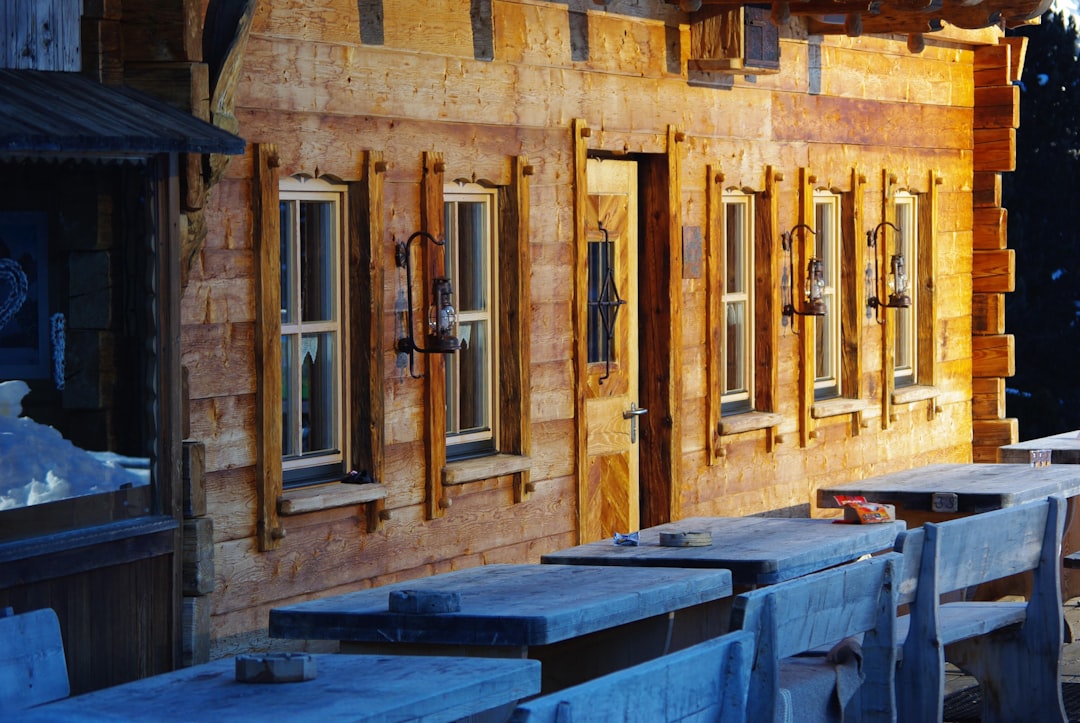
A healthy attic starts at the eaves. When soffit vents are clogged, cracked, or undersized, heat and moisture build up in the roof cavity, shortening shingle life and inviting mold. Replacing soffit vent assemblies may look like a small task, yet it directly protects every other component of a residential roof system. At CountBricks we combine field-tested construction know-how with AI-powered estimating, giving homeowners, subcontractors, and general contractors a clear path from assessment to invoice—without guesswork, overruns, or wasted trips to the big-box store.
• Prevents ice dams by balancing attic temperature during winter months
• Lowers cooling loads and energy costs in summer by venting hot attic air
• Reduces risk of structural rot by controlling humidity
• Increases shingle and sheathing life, boosting overall roof ROI
• Supports manufacturer warranties that require balanced intake and exhaust ventilation
1. Visible cracks or broken louvers that allow pests to enter the attic
2. Peeling paint or softened plywood around the vent indicating trapped moisture
3. Attic temperature consistently above outdoor ambient, even with ridge vents in place
4. Mold spots on insulation batts directly under the eaves
5. HVAC bills trending upward without changes in usage patterns
Open a blueprint PDF inside CountBricks.com and speak naturally: “Show me 42 lineal feet of existing vinyl soffit—replace with 8 × 16 aluminum vents at 1 every 6 feet.” Our AI instantly traces the eaves, calculates vent count, and generates a material list, saving hours of manual scaling.
The platform’s real-time pricing engine pulls local labor rates and commodity pricing to deliver a line-item estimate that is current to the day. You can lock pricing or set escalation buffers, then export a ready-to-sign proposal branded with your company logo.
1. Safety first—set up secure ladders, disconnect power to any exterior lighting under the eaves, and don PPE.
2. Remove existing vent with a flat bar, taking care not to damage adjacent fascia.
3. Inspect the soffit panel; if swollen or delaminated, mark it for replacement.
4. Measure the rough opening. CountBricks recommends leaving a 1⁄8-inch perimeter gap for expansion on aluminum vents.
5. Cut new vent openings with a plunge circular saw or oscillating tool, following CountBricks cut templates available in the app.
6. Fasten new vent using stainless or coated screws to resist corrosion.
7. Apply perimeter bead of exterior-grade sealant for wind-driven rain defense.
8. Take a photo inside the CountBricks mobile app; the system timestamps the install and stores it in the project record for warranty documentation.
• PVC vent panel: economical at $2.00–$2.50 per linear foot, UV-stable, paintable
• Aluminum grille: mid-range at $3.50–$4.25, best heat resistance, wide color palette
• Wood lattice insert: $4.00–$5.00, traditional craft look, higher maintenance
• Continuous vinyl strip vent: $1.75–$2.25, fastest to install, compatible with vinyl soffit panels
• Undersized Net Free Area—our estimator auto-checks code requirements for intake vs. exhaust and flags any shortfall before materials are ordered
• Mismatched colors—digital product catalog inside CountBricks shows live swatches from major manufacturers so your order matches existing trim
• Hidden rot—photo checklists prompt installers to document substrate condition before closing, preventing expensive callbacks
If you own an extension ladder and basic carpentry tools, a one-story ranch may be a manageable weekend project. However, multifamily buildings, brittle asbestos-cement soffits, or steep grades call for licensed crews with staging and fall protection. Use CountBricks.com/consultation to book a no-pressure call where we match you with a pre-vetted installer and share a live screen view of your takeoff.
Replacing soffit vent components is a small scope with outsized impact on energy efficiency and roof life. Let CountBricks handle the measurements, the math, and the paperwork so you can focus on craftsmanship. Create a free account, upload your drawings, and generate a code-compliant estimate in under five minutes.

A recent CountBricks client in Cape Coral, Florida managed a 2,800 sq ft waterfront home built in 1995. The attic thermometer recorded 135 °F on a 90 °F day, and moisture stains peppered the OSB sheathing. Using our voice-driven takeoff engine, the contractor identified 64 linear feet of rotted plywood and 56 obsolete wooden vents offering only half the required net free area. Within three minutes CountBricks produced:
• A material list that swapped wood for powder-coated aluminum strip vents rated for coastal environments
• Labor projection of 1.6 crew-days including tear-out, substrate repair, and paint touch-ups
• A dynamic schedule integrating afternoon thunderstorms common to Southwest Florida
The homeowner approved the quote on a tablet, and the crew completed the job exactly on budget. Post-install attic temps dropped 18 °F, and the client’s HVAC load decreased 9 %. All documentation—photos, invoices, and warranty certificates—now lives in the CountBricks project vault, ready for resale disclosures or insurance audits.
• Match vent metal grade to the locale—marine-grade aluminum avoids pitting near saltwater
• Oversize intake capacity by 10 % when adding powered roof exhaust to maintain balance
• Run blower-door diagnostics after replacement; improved ventilation often reveals new air-sealing opportunities for further energy savings
Ready to replicate these results? Visit CountBricks.com/services, upload your drawings, and watch an accurate soffit vent replacement budget build itself before your eyes.